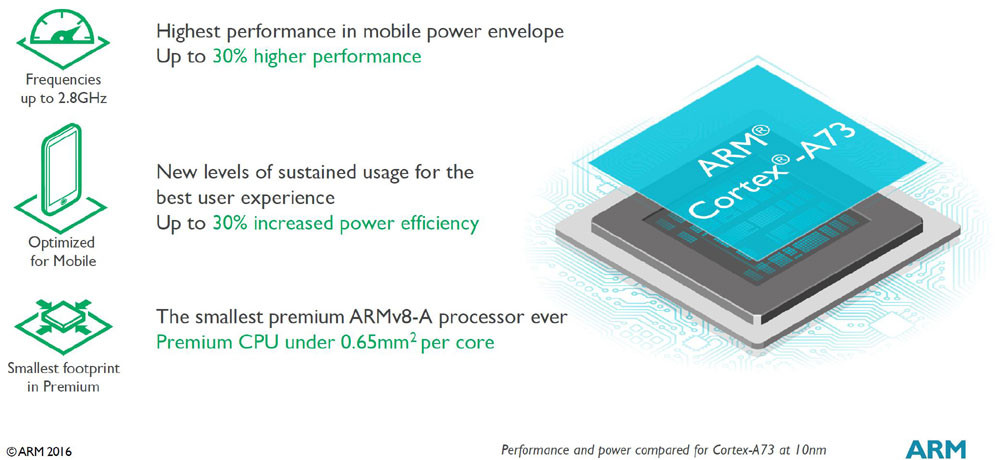
Qualcomm is the leader in 4G LTE technology. According to Strategy Analytics, they controlled an incredible 97% of the 4G LTE baseband market during Q1 2013. No, that’s isn’t a typo. Other firms are slowly starting to catch up though. There’s Broadcom, who announced the “industry’s smallest 4G LTE-Advanced modem” at Mobile World Congress this year. There’s NVIDIA, who has the Tegra 4i.
And finally there’s Intel.
Intel realized a long time ago that they screwed up. They should have been focusing on the smartphone and tablet market, not on the laptop market. Their first step to rectify the situation was to acquire Infineon’s Wireless Unit. The deal was announced in April 2010, though it only closed in early 2011.
According to Hermann Eul, General Manager of Intel’s Mobile and Communications Group, Intel will soon enter the 4G LTE space with their XMM 7160 modem. What makes it special? It supports 15 simultaneous 4G LTE bands, meaning if you’re a handset maker who wants to make just one phone instead of various region specific variants, you’re super happy. Eul says the modem is “in final interoperability testing (IOT) with first-tier service providers across North America, Europe and Asia.”
Which device will we first see it in? Probably Samsung’s 10.1 inch Galaxy Tab 3. Will we see Samsung or Apple or other high end brands switch from Qualcomm’s modem to Intel’s modem? That remains to be seen, though I’m confident that Intel will want to slap Qualcomm around a bit.

















